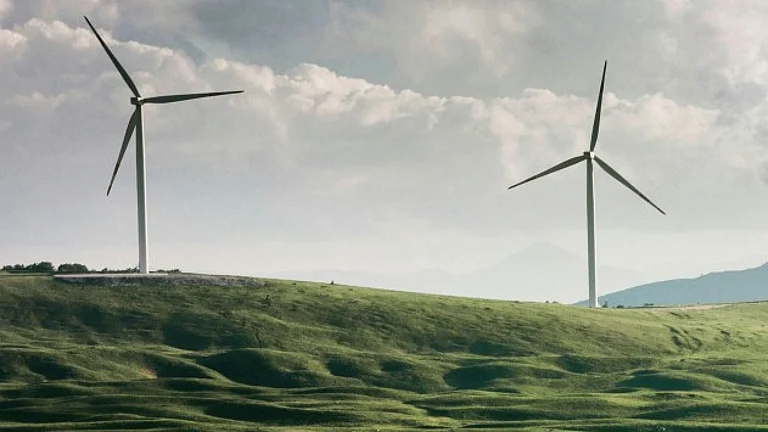New Delhi, March 24: India’s FY21 GDP growth will likely drop to sub-4 per cent despite a low base and first quarter of FY21 in the negative. Fiscal support for the affected workers or business can drive faster recovery, said Jefferies in its report on Tuesday.
It also said the number of COVID cases is still low, but rising rapidly. In response, the government has taken stringent pre-emptive lockdown measures, stricter than those seen in the developed world. The large near-term economic impact would be inevitable but raises the probability of a V-shaped recovery.
India's COVID-19 cases have jumped four times in a week. This number is low but many local experts believe that the low number is partially attributable to the fact that less than 20,000 tests have been carried out.
“Our month-wise simulation of economic activity suggests a real or nominal GDP growth of 3.5 to 4 per cent or 6.5 to 7 per cent for India in FY21 with 1QFY21, nominal GDP growth likely stagnating at 0 to 1 per cent. This assumes that the country-wide lockdowns last through April and activity starts to gradually recover from May, reaching a normal level by 2HFY21,” the report analysed.
‘We believe that rural and Agro activities will see a minimal impact. But that nearly ~25 per cent of manufacturing, about half of trade and transport activity and 1/3rd to half of the construction activity could be severely curtailed. Low base of FY20 and the expected fiscal stimulus is expected to cushion the economic impact,” it added.
Assuming the government rolls out unemployment sops to the impacted workforce, there are challenges in reaching out to them. Based on NSSO's employment survey data, the report estimates that 150 to 175 million workers are engaged in the COVID-19 impacted segments like trade, transport and hotels, construction and manufacturing. There will likely be a second level indirect impact on the other sectors as well.
Nifty is down 37 per cent over last month taking its Price Earnings ratio to 11.3 times one-year forward consensus earnings, 28 per cent below its 10-year average. “This implies an earnings decline of 6 to 8 per cent year-on-year in FY21, which we believe is a pessimistic scenario. Favourable oil prices and the rising possibility of a V-shape recovery makes risk/reward quite attractive in our view,” the report added.






























